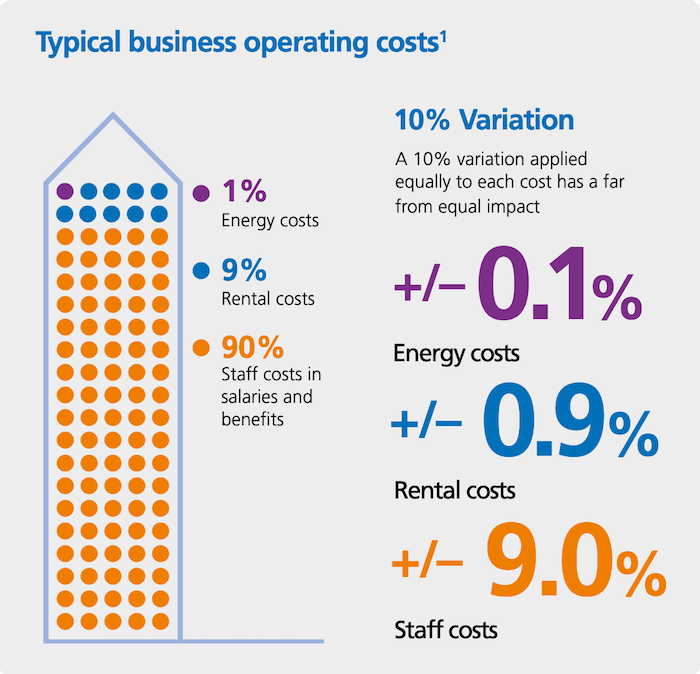A small change in employee satisfaction could make a large impact on the bottom line. Creating healthy workplace environments by bringing natural light to the inside is one such factor.
As the famous architect Tadao Ando once said: “In all my works, light is an important controlling factor”. The architect society are well aware of the utilization and the importance of natural light. Many are also well aware of how essential daylight is for our health, productivity and wellbeing and they are used to optimize it in their design.
The human organs are orchestrated to work in harmony with each other, generating a body rhythm that is set everyday by daylight. This rhythm is called the circadian rhythm and regulates our sleep/ wake timing and levels of alertness.

For buildings’ occupants, daylight has been shown to boost performance, improve sleep, provide a connection to the outside and increase comfort. It’s easy to understand that investing in healthy buildings that are people oriented have a lot of benefits to give, from a health and economical perspective. A business split on typical operational costs are seen in the image below from World Green Building Council’s report 2014 on “Health, Wellbeing and Productivity in offices . A small change in personnel’s health and wellbeing can have a significant impact on the financial savings.


